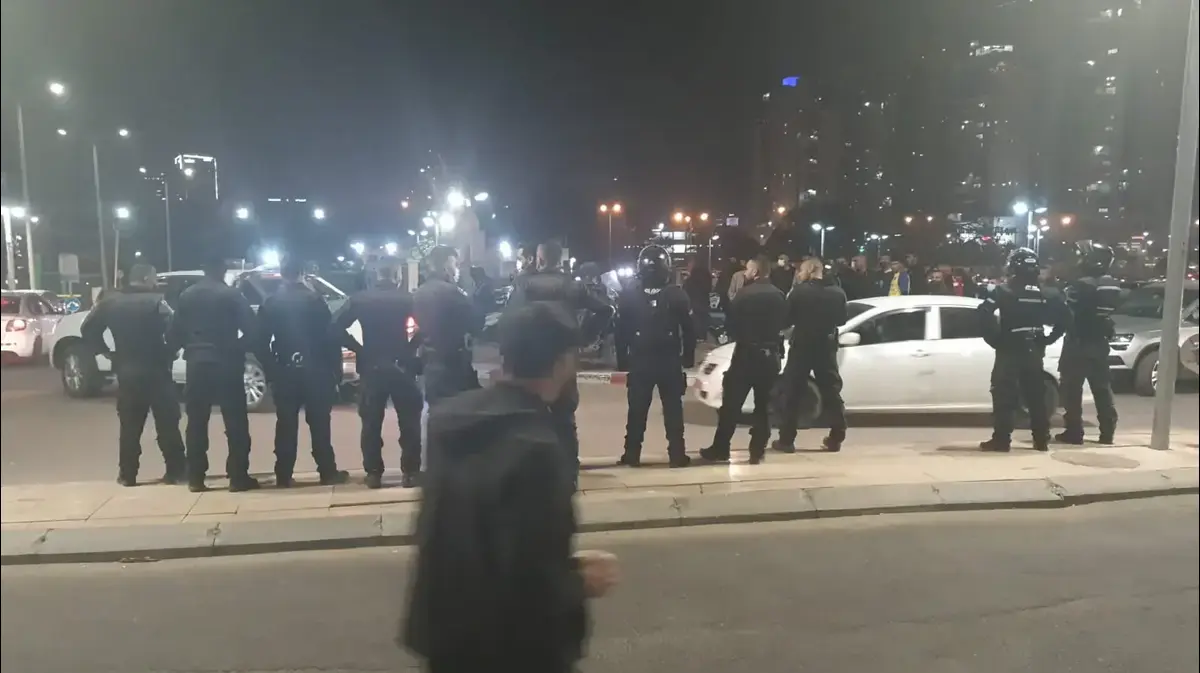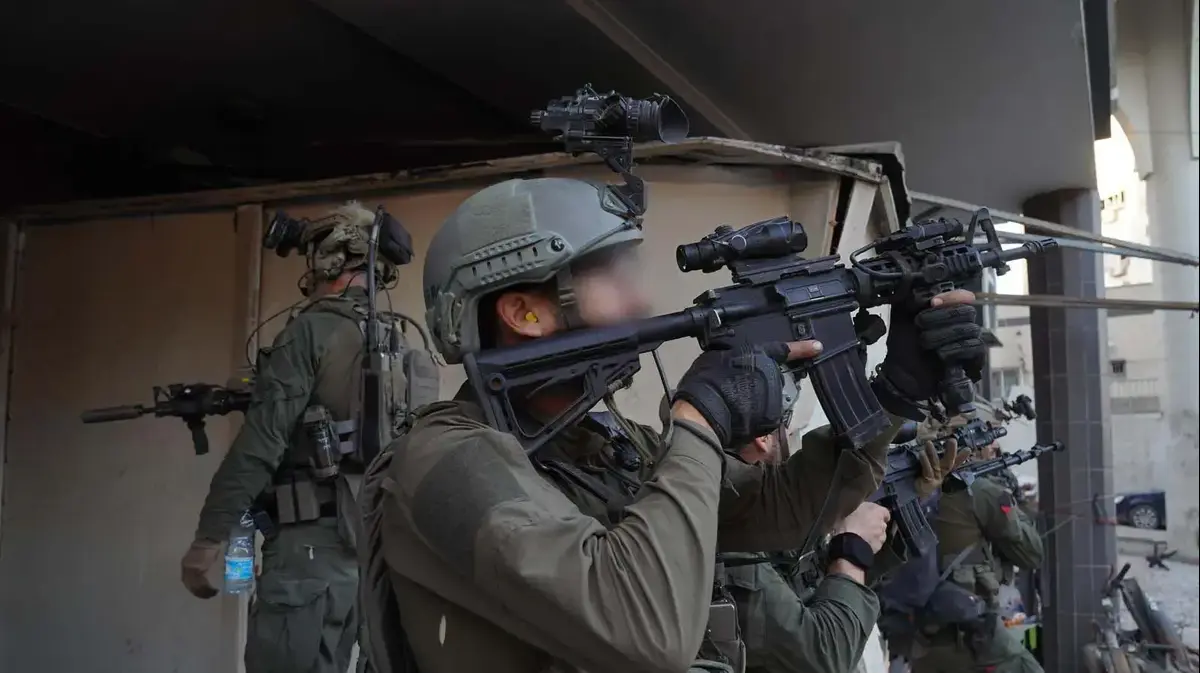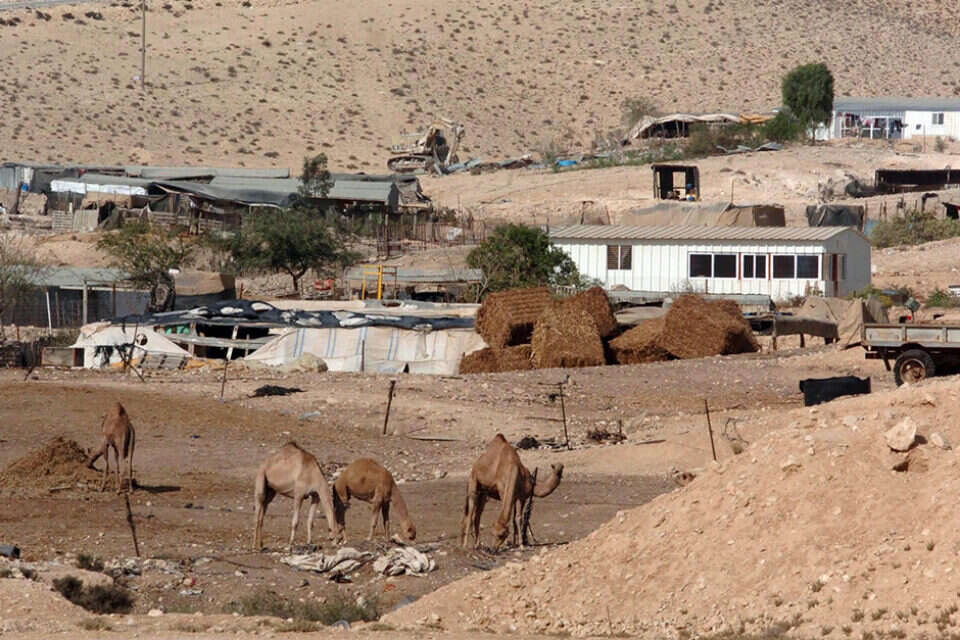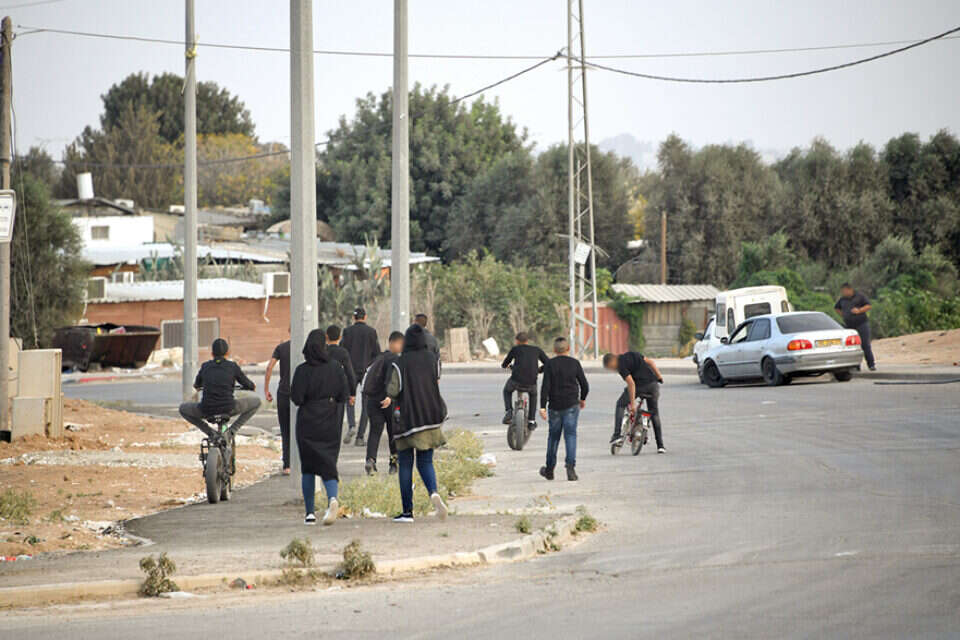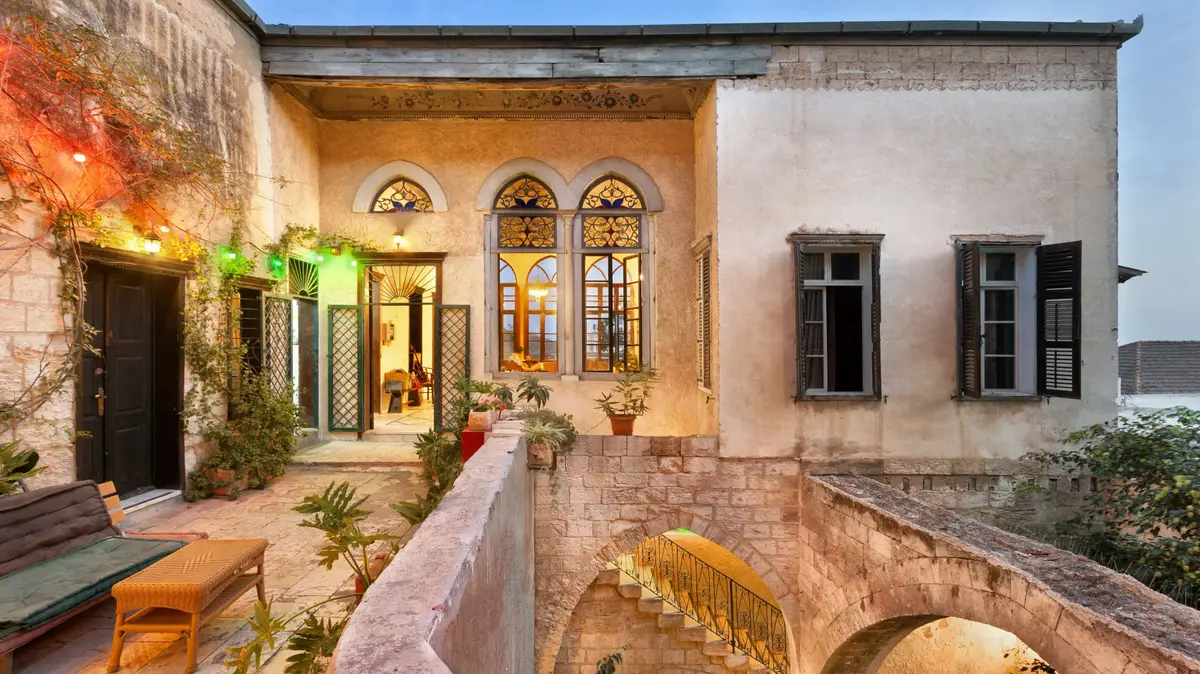Tourism
news
The Bedouin and the Jewish woman who clean the desert of abandoned vehicles
Jasmine Ronel, whose sister was killed while riding her car slid into a wadi deep up scorpions, set up the "Renna in the Desert" project, which was designed to evacuate abandoned vehicles from the area.
Jasmine was joined by a Bedouin tracker and rescue officer and inspector from the Nature and Parks Authority, and together they set up the Dastart page to support the project.
Tags
Speak
Scrap
Vehicles
Eyal Shapira
Friday, 02 July 2021, 00:09
Share on Facebook
Share on WhatsApp
Share on general
Share on general
Share on Twitter
Share on Email
0 comments
A moldy eye
House for exchange in the old Beit Hakerem neighborhood of Jerusalem
Pool at a hotel in Switzerland
The largest fish in the world in Eilat: a whale shark was documented in the reserve ...
Under the restrictions of the Corona restaurants and cafes in Paris ...
The US will deliver 60 million doses of vaccines to Corona of ...
The "savannah" of Israel
The pool at the Golden Crown Mountain Hotel in Nazareth
Oleaia The new accommodation complex in the north
Sheep in the Peace Valley in Ramot Menashe
The Israeli who brought tourists from the Far East to the Pride Parade ...
Such a dive was not seen for a long time
Desert Evacuation Project in the Desert (Photo: Yossi Aloni and Yedidya Shmuel)
How many of the many hikers who frequent the hiking trails in the Negev, stop to linger on the skeletons of vehicles scattered in the wadis, rust slowly, pollute the environment and pollute the landscape?
Sometimes, it turns out, a real upheaval is needed for someone (in this case, someone) to get up and take action.
And this upheaval was indeed hard and tumultuous.
On one of the Wednesdays of October 2020,
Ranna Horesh
(58) left her home in Tel Aviv.
She got in the carriage and drove south, towards the desert she loves so much.
Late in the evening, in the winding scorpion-raised area, she lost control of the vehicle, veered off the road and slid into the deep wadi.
The next day, her family members began searching, and the circle of searches expanded day by day, but in vain.
Renna had no trace.
Only after five days, a hiker in the area reported a vehicle in the depths of the wadi.
The traveler, who was exposed to the many posts the family posted on social media, saw the vehicle in the morning, but linked things up only in the evening of that day.
More on Walla!
The tourists who clean up the garbage you leave in Israeli nature
To the full article
More on Walla!
Dubai is angry with Israelis: "You are a high-tech nation, but destroy cars and get dirty"
Like sitting in the living room, and hiking: the perfect solution for the terrain on rainy and corona days
The 70 most beautiful places in Israel that you don't have to pay for
Is Bee Cure Laser really effective in treating as a solution to heel spur pain?
A hiker reported a vehicle deep in the wadi.
A vehicle belonging to the late Renna, which is located in Ma'ale Akaravim (Photo: Yossi Aloni)
The tragedy flooded the problem that everyone ignored
That morning he, like many others who passed through the area during those five days, did not refer to the sight of an abandoned vehicle in the desert - a common sight and familiar to many travelers, who treat it with equanimity.
Following the tragedy, Jasmine Ronel, Renna's sister, realized that there was a real problem here: many vehicle skeletons were scattered throughout the Negev, causing severe scenic and ecological damage.
She decided to set up the "Renna in the Desert" project, which was intended to clear scrap and vehicle skeletons from the area. Beyond the scenic and ecological aspect, the project is also designed to significantly shorten the time to report road accidents, which may help save lives and shorten the time of searching for the missing.
In order to fund the venture, it has created a Dastart page designed to raise budgets. In the first stage, the scrap is mapped, and then the actual evacuation is carried out, using volunteers or paid workers, who use mechanical tools such as cranes, tractors or sawing and dismantling the scrap.
"If the same traveler who passed by the place had a warning light been on that morning, precious time of searching, worries would have been saved. And resources, "says Jasmine. She began collaborating with Nasser Alfrijat, an ambulance driver and rescue volunteer from the town of Rahma, near Yeruham, and with her friends Shmuel, a regional inspector at the Nature and Parks Authority.
The two volunteered for the cause.
In the first stage, the scrap is mapped, and then the actual evacuation is carried out (Photo: Yedidya Shmuel)
Many vehicle skeletons are scattered throughout the Negev, causing severe scenic and ecological damage (Photo: Yedidya Shmuel)
How was the idea actually born?
"The five days that passed from the incident until the discovery of Renna's body were very long. As soon as we received a landmark from the same hiker, I asked Nasser to come to the place. I knew Nasser during the search. Acquaintances told me about the man, who also tracked. "Because of the time that has elapsed and the weather conditions, it took another four days for the identification."
Jasmine says that Nasser came to Renna's funeral and shiva, and a close bond developed between the two. They agreed that it did not make sense for the vehicle to be parked in the wadi for five days without it turning on a red light for passengers or hikers. During those conversations, the venture was born. "The first vehicle we dismantled was a Renaissance vehicle. It took us three months, due to the problematic location and terrain route. The vehicle could not be towed, so as not to damage the landscape, so it was necessary to saw pieces of the vehicle, and lift them up."
How many scraps have you cleared so far, and where?
"The project officially started in December, and so far we have evacuated 22 vehicles, mainly in the Negev Mountains, between Sde Boker and Ramon Crater."
How have you funded the venture so far?
"Renna was an artist, like me. I sold a number of her paintings, and the proceeds were sacred to the venture. With that money we bought protective equipment for Nasser and special disc saws for dismantling the vehicles. At some point the money ran out of the paintings, so we decided to go for the Distrat."
Is the project supposed to expand to the whole country, or will you stay only in the south?
"For me, it is possible to do this all over the country in the future, but at the moment we receive photos and landmarks from travelers, mainly from the Negev region."
How many car skeletons do you think there are in the south?
"Throughout the Negev and the Arava, there are no more than a few dozen."
Why are they abandoned?
"Beyond road accidents, there are several reasons. Among other things, these are vehicles of smugglers who abandoned the vehicle during a chase and fled on foot, people who commit insurance scams, suicides and more."
It is estimated that there are several dozen abandoned car skeletons in the Negev and the Arava (Photo: Yossi Aloni)
"There is no doubt that an abandoned vehicle in the field creates a scenic hazard" (Photo: Yedidya Shmuel)
"Iron should not be on the desert soil"
Of course, beyond the damage to the landscape, scrap in the desert brings with it a variety of ecological problems - from oils that are absorbed into the soil, through non-perishable plastic parts to rusty car parts that are swept away by floods and create damage in other areas.
"There is no doubt that an abandoned vehicle in the area creates a scenic hazard. Especially for hikers who come to the desert in order to enjoy a pristine and beautiful space," says Yedidya Shmuel, regional inspector of Ramon Crater and the Negev at the Nature and Parks Authority. "In recent years, the trend has been growing in the Negev region. For several years now, I have been planning to work to promote the issue of evacuating abandoned vehicles, and Jasmine's venture, which I joined, has created the opportunity."
Nasser Alfrijat, the partner of the venture, who is also known to many travelers as the owner of the "Wandering Tent", sharpens the message. He said, "I'm from the desert, groping and loving the terrain. Iron should not be on desert soil. It's not natural. Personally, it's hard for me to see scrap cars in the desert.A desert is a place that needs to be guarded. "
Beyond that, Nasser, who was the first to arrive in Renna, is also an ambulance driver and medic.
"It happened many times that I was called to a certain point because of a report of an accident, I arrived - and I saw nothing. In these moments you realize that the vehicle has fallen far from the road. This issue is not new to me. Therefore, I call on anyone who sees an abandoned vehicle "It may have happened right now. Because not everything that seems abandoned is really abandoned."
To support the venture: Visit the
"
Renna
in the Desert
"
headstart page
.
Deadline for support:
July 12, 2021.
Share on Facebook
Share on WhatsApp
Share on general
Share on general
Share on Twitter
Share on Email
0 comments


